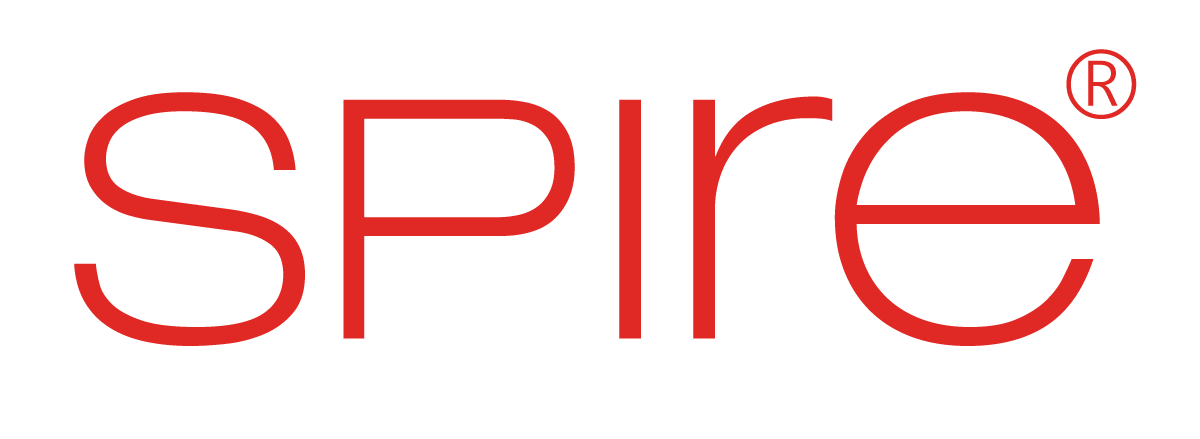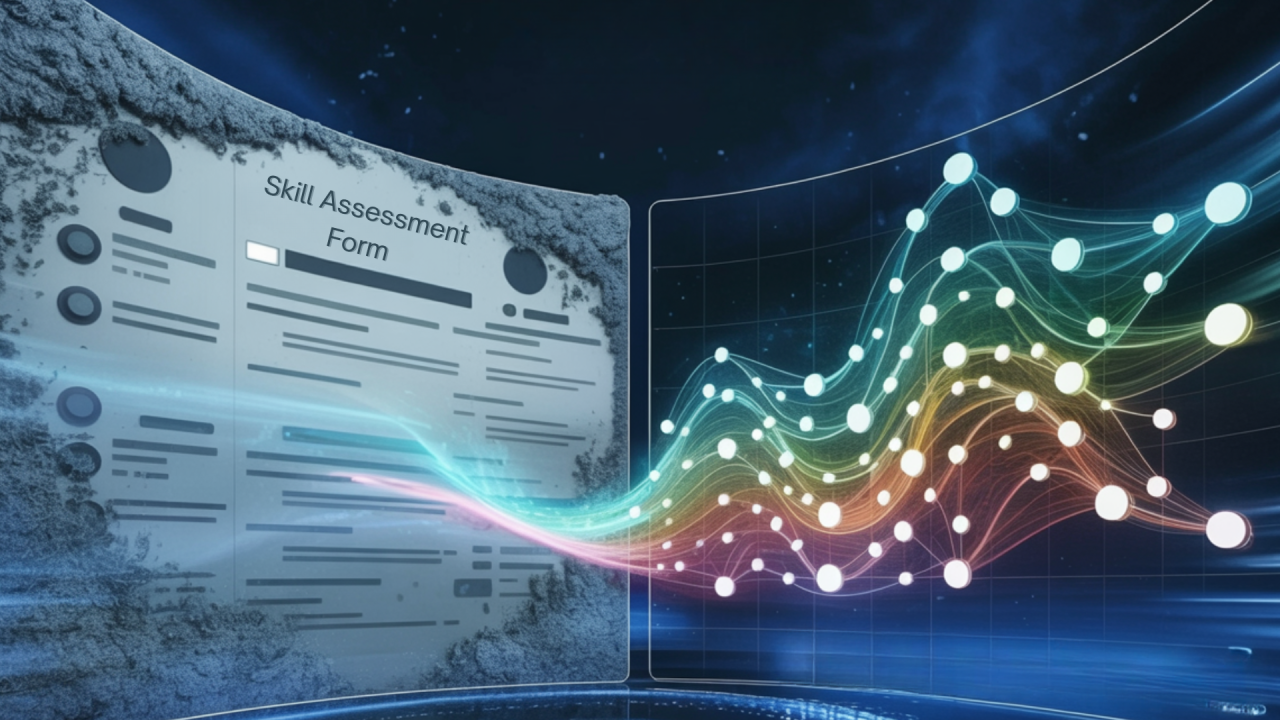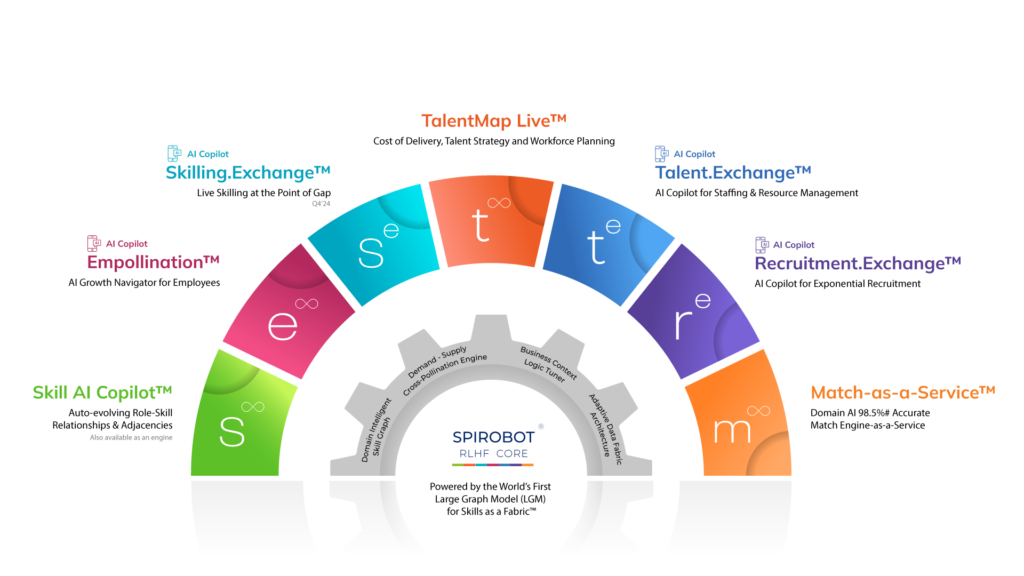Every enterprise today faces a common paradox. While technology has brought speed, automation, and access to real-time decision-making across functions, the understanding of workforce capability continues to operate at a lag. The systems that define what people can do, where they can contribute, and how they are evolving have not kept pace with the rest of the enterprise.
This is not a failure of intention or strategy. It is a missing functionality that hasn’t yet matched the pace of the organization.
For all the infrastructure surrounding HR and talent, there remains no structured mechanism for observing and interpreting skill as it develops inside the organization. Skill data is collected, stored, sometimes extracted but rarely composed into a meaningful understanding of how capability behaves. Without such a process, talent systems continue to function through approximation.
Autonomous skill profiling introduces a very different model. It is not about streamlining data collection, providing a more intuitive dashboard for self-inputs or accelerating tagging. It is about installing a process that treats skills as evolving, contextual, and observable, in sync with the pace and complexity of work itself.
The Role of Process in Enterprise Maturity
Enterprise functions evolve when systems align around coherent processes. Finance matured through the institutionalization of reconciliation. Logistics scaled through visibility into movement and constraint. These functions became core not through tools, but through their ability to model reality and support action.
Even though talent has always had defined processes, it has lacked the infrastructure to support it. Roles have structure, but skills have been handled through abstraction. Enterprises know who they employ, but not what capacity exists beyond the boundaries of resumes and assessment forms. They track learning activity, but not how capability accumulates or recombines once the learning is imbibed and applied.
Autonomous skill profiling changes this by placing skills inside a process model. It introduces rhythm and interpretation where there was once only capture. It repositions skills as dynamic signals that feed planning, staffing, development, and transformation periodically and continuously.
Understanding Skills as Behavior
Skills live inside behavior. They are not fixed markers, but adaptive patterns. The same capability applied across different environments can evolve in very different ways. Context, proximity, frequency, and depth all shape how a skill grows or diminishes.
Most enterprise systems are not designed to interpret this. They tag keywords, verify certifications, or categorize roles. But these methods rely on surface alignment. They do not reflect the actual movement of capability within teams, systems, and deliverables.
An autonomous system like Spire.AI Copilot for Talent does this in the natural flow of work. It reads work directly, understands how employees apply skills, how they learn through interaction, and how new competencies emerge from adjacent contribution. It does not ask employees to describe their relevance. It builds that relevance continuously, without disrupting employee work or even making them think about it.
Profiling as Process, Not Extraction
Much of what is referred to as skill profiling today is simply extraction. It generates static skill summaries from static records. These methods are efficient in format, but insufficient in depth. They reflect an archival mindset of store and retrieve rather than a process mindset that sees skills in motion.
A real profiling process does not begin at the resume. It begins at the point of contribution. It observes how capabilities form, how they interact, and how they respond to complexity. It can identify proficiency by distinguishing between frequency and fluency, between one-time exposure and embedded capability.
This is a process built on trust in the organization’s own skill and capability signals. Not predictive gaps filled using publicly sourced employee information or generalized benchmarks. Autonomous profiling works within the enterprise’s own context, observing actual contribution rather than inferring from proxies. Not generic classification, but interpretation rooted in context.
Systemic Impact Across Talent Infrastructure
When skill profiling is structured as an autonomous process, it reshapes the behaviors of the systems that surround it. Staffing becomes compositional rather than requisition based. Workforce planning reflects readiness and concrete signals, beyond assumption. Internal mobility becomes an ongoing function, not a reactive exception.
Skilling shifts from content access to directional support. Development conversations become grounded in real capability shifts such as what skills are actively expanding, how they are being applied across changing team needs, and where they are composedly aligned with emerging work. This turns performance reviews and growth planning into dialogues based on observable evolution, not retrospective summaries. Career progression becomes evidence led. The enterprise is then able to treat skills as real operating levers.
This is not simply about visibility. It is about coordination. A shared understanding of capability allows functions to act in concert, with less friction and greater speed.
Clarity for the Individual
Autonomy in skill profiling also brings precision to the individual experience. Employees gain access to a more accurate picture of their own evolution. They are no longer required to narrate growth or seek validation through subjective assessment.
They can see which skills are expanding. They can identify which opportunities are structurally aligned. They are able to plan against actual trajectories rather than generic pathways. This creates clarity. It enables focus. It builds trust.
Growth becomes visible. And visibility is what makes development sustainable.
The Spire.AI View on Process Before Architecture
At Spire.AI, we see autonomous skill profiling not as a differentiator, but as a prerequisite –a base camp before the trek to talent supply chain excellence.
Every other intelligent talent supply chain function such as demand-forecasting, internal-first fulfillment, skilling, learning and development, hiring, etc. relies on this foundation. Without it, the enterprise is operating with placeholder logic.
This is why we do not treat profiling as a product capability. We treat it as the beginning of the system truth. It is where composability in talent begins. It is how resource allocation becomes grounded. It is how mobility becomes strategic.
Our approach is not about features. It is about coherence. Our approach is not about features. It is about systemic coherence. No enterprise can evolve its workforce if it lacks an accurate, ongoing view of how skills are forming, shifting, and combining across the organization. Adaptation begins with visibility into the current shape of capability. Autonomous skill profiling, built correctly, delivers visibility with clarity and continuity.
The Operating Discipline Ahead
Skills have evolved into active inputs into how the enterprise functions. Understanding them as such requires a new kind of discipline, one that treats skills not as assets to manage, but as evolving patterns to be interpreted – continuously.
Enterprises that adopt this view can build talent systems with architectural intelligence, where workforce decisions are rooted in real-time insight into capability dynamics, not backward-looking metrics or unstructured guesswork. This creates a talent infrastructure that scales with intent, pivots with clarity, and evolves asseamlessly as the business it powers.
Autonomous skill profiling is not the holistic solution to all talent roadblocks, but it is the only starting point from which a serious solution can be built. This is where the modern talent supply chain begins: backed by data and discipline. Not with measurement, but with meaning. Not with a list, but with a system that learns. Evolves. Continuously. Autonomously.






